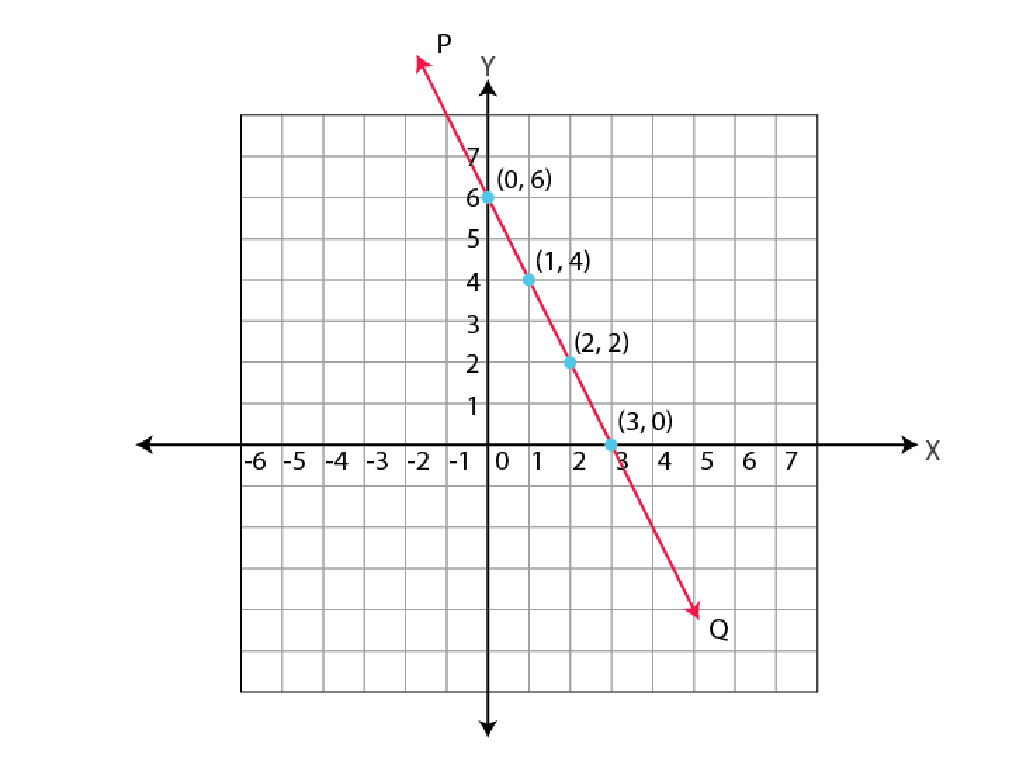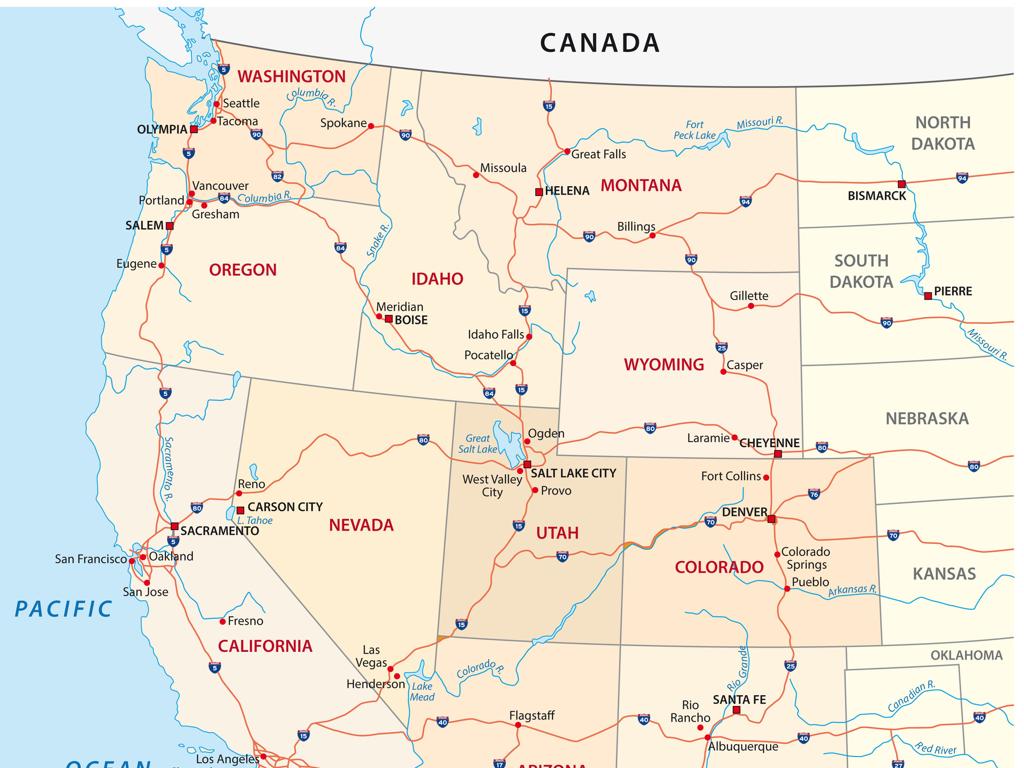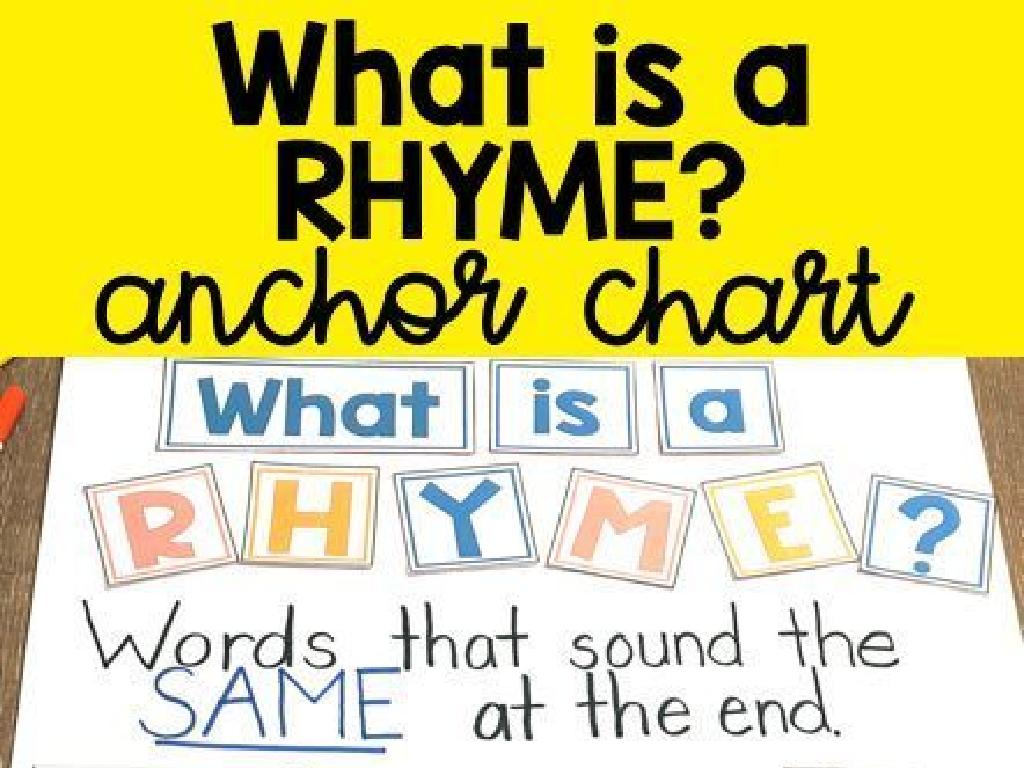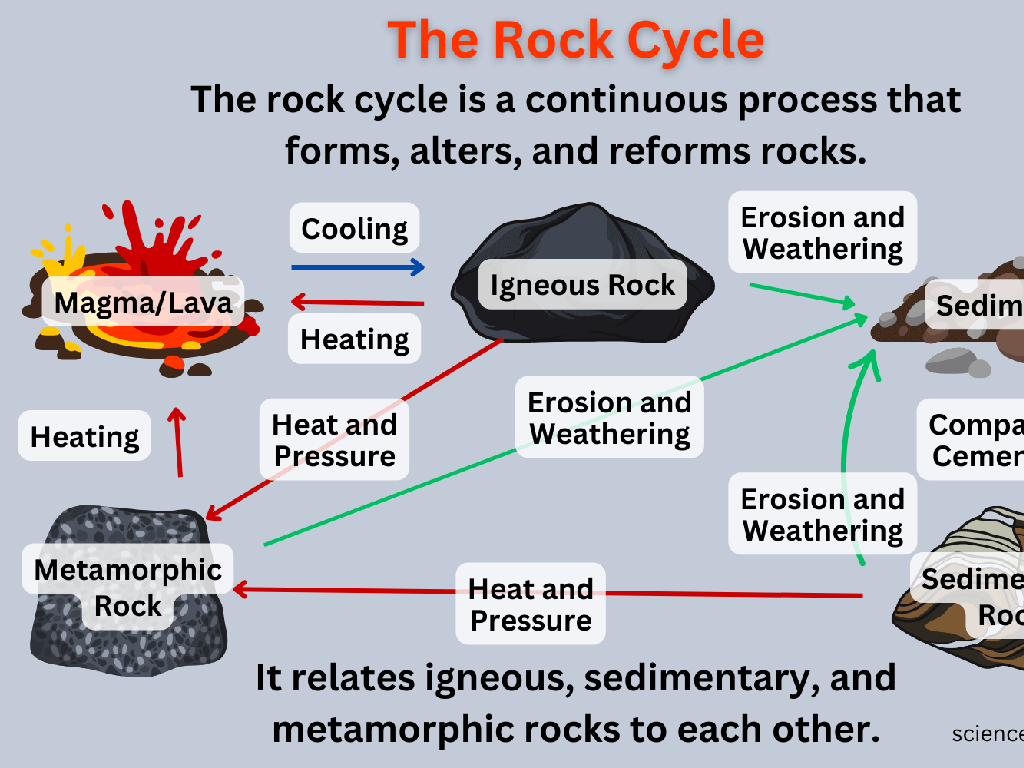Multiply Decimals
Subject: Math
Grade: Sixth grade
Topic: Multiply And Divide Decimals
Please LOG IN to download the presentation. Access is available to registered users only.
View More Content
Introduction to Multiplying Decimals
– Grasp the concept of decimals
– Decimals represent fractions of a whole, like 0.5 is half.
– Learn the importance of multiplying decimals
– It’s crucial for accurate measurements and financial calculations.
– Explore real-life decimal applications
– Used in money transactions, measurements, and scientific data.
– Practice with examples
|
This slide introduces the concept of multiplying decimals, which is a fundamental skill in mathematics, especially relevant to real-world applications. Start by ensuring students have a solid understanding of what decimals are and how they represent parts of a whole. Emphasize the importance of decimal multiplication in everyday life, such as in handling money, cooking, and scientific calculations. Provide examples such as multiplying price per unit with quantity to find total cost, or scaling a recipe. Encourage students to think of other areas where they might need to multiply decimals. The goal is to make them comfortable with the concept through practice and to understand its practical significance.
Review of Decimal Concepts
– Recap: Understanding Decimals
– Decimals represent fractions of a whole, like parts of a dollar.
– Decimal Place Values
– Tenths, hundredths, thousandths are positions after the decimal point.
– How to Compare Decimals
– Compare using place value; align decimals vertically.
– Ordering Decimals Correctly
– Arrange decimals from smallest to largest or vice versa.
|
Begin the lesson with a brief review of what decimals are and how they represent parts of a whole, using everyday examples like money for better understanding. Explain the concept of place values right after the decimal point, emphasizing the tenths, hundredths, and thousandths places. Use visual aids to help students compare decimals by aligning them vertically and comparing place by place. Finally, demonstrate how to order a set of decimals by size, which will reinforce their understanding of both place value and comparison. This foundational knowledge is crucial for mastering the multiplication of decimals.
Multiplying Decimals Step-by-Step
– Multiply numbers as if no decimals
– Count decimal places in both numbers
– Add up the decimal places from both the numbers you multiplied.
– Place the decimal in the answer
– The product’s decimal point is placed to the left, with as many places as the sum you counted.
– Check your work with estimation
– Estimate the answer first to check if your decimal placement seems correct.
|
When teaching students to multiply decimals, start by having them ignore the decimal points and multiply the numbers as if they were whole numbers. This simplifies the process and focuses on their multiplication skills. After they have the product, instruct them to count the total number of decimal places in the original numbers. This count will determine where to place the decimal in their answer. It’s crucial to place the decimal point in the product so that the number of decimal places matches the total count from the original numbers. To ensure accuracy, students should estimate the answer before placing the decimal to see if it makes sense. For example, multiplying 3.2 (one decimal place) by 4.5 (one decimal place) should result in a number with two decimal places. The estimated product should be close to 3 x 5 = 15, so the actual product should be somewhat close to 14.4, which is 3.2 x 4.5.
Simple Decimal Multiplication
– Example: 0.5 x 0.2
– Step-by-step solution
– Multiply as whole numbers then count decimal places in both factors.
– Understand decimal placement
– The decimal in the product is placed to the left of the combined number of decimal places in the factors.
– Practice with similar examples
– Try 0.3 x 0.4 or 0.6 x 0.2 to reinforce the concept.
|
This slide introduces students to the concept of multiplying decimals. Start with a simple example like 0.5 x 0.2. Walk the students through the multiplication process, treating the decimals as whole numbers first and then adjusting the decimal place in the final answer. It’s crucial to explain that the number of decimal places in the product is the sum of the decimal places in the factors being multiplied. After the step-by-step solution, provide additional examples for the students to practice, ensuring they understand how to determine the placement of the decimal in their answers. Encourage students to work through the problems and share their solutions.
Complex Decimal Multiplication
– Example: Multiply 3.75 by 4.2
– Multiply as if they’re whole numbers, then place the decimal
– Step-by-step solution
– Align numbers, multiply, add products, place decimal point
– Tips for decimal placement
– Count total decimal places in factors for the product
– Practice with similar problems
|
This slide presents a complex decimal multiplication example to help students understand the process of multiplying decimals. Start by ignoring the decimals and multiplying the numbers as if they were whole numbers. After obtaining the product, count the total number of decimal places in the original factors (3.75 has two, and 4.2 has one, so three in total). Place the decimal in the product so that it has the same number of decimal places. Provide tips for keeping track of decimal places, such as always aligning the numbers by their rightmost digits and using placeholder zeros if necessary. Encourage students to practice with additional problems to reinforce the concept. The detailed step-by-step solution in the notes will guide the teacher through the process during the lesson.
Let’s Practice Multiplying Decimals!
– Multiply: 0.6 x 0.3
– Example: 0.6 (six-tenths) times 0.3 (three-tenths)
– Multiply: 1.25 x 2.5
– Example: 1.25 (one and twenty-five hundredths) times 2.5 (two and five-tenths)
|
This slide is designed for a class activity where students will practice multiplying decimals. For Problem 1, guide the students to multiply 0.6 by 0.3. Remind them to count the total number of decimal places in both numbers to place the decimal correctly in the answer. For Problem 2, students will multiply 1.25 by 2.5, which involves a whole number and a decimal. Again, emphasize the importance of decimal placement in the product. Encourage students to work through these problems step-by-step and verify their answers with a partner. Provide additional problems of varying difficulty if time allows, and be ready to assist any students who need help.
Decimal Multiplication Relay
– Engage in group activity
– Each group solves problems
– Present solutions to class
– Explain steps clearly
– Use examples like 0.5 x 0.2 = 0.10
|
This interactive class activity is designed to encourage collaboration and reinforce the concept of multiplying decimals. Divide the class into small groups and provide each group with a set of decimal multiplication problems. Each group will work together to solve their set of problems within a given time frame. Afterward, each group will present their solutions to the class, explaining the steps they took to arrive at their answers. Encourage students to discuss different methods they used and to articulate their thought process clearly. This activity not only helps students practice decimal multiplication but also enhances their communication and teamwork skills. Possible problems for the activity could include multiplying decimals by whole numbers, by other decimals, and using word problems that require decimal multiplication to solve.
Wrapping Up: Multiplying Decimals
– Review of decimal multiplication
– Practice makes perfect
– Regular practice is key to mastering math skills
– Homework: Decimal worksheet
– Complete the provided worksheet to reinforce today’s lesson
– Bring questions next class
– Note any difficulties to discuss in our next session
|
As we conclude today’s lesson on multiplying decimals, it’s crucial to emphasize the importance of practice in mastering mathematical concepts. The homework assignment involves a worksheet that will help students apply what they’ve learned and solidify their understanding. Encourage students to attempt all problems and remind them that making mistakes is a part of the learning process. For the next class, students should come prepared with questions or problems they found challenging. This will help you gauge their understanding and provide targeted assistance. Additionally, consider preparing a few extra practice problems for students who may need additional help during the next session.





